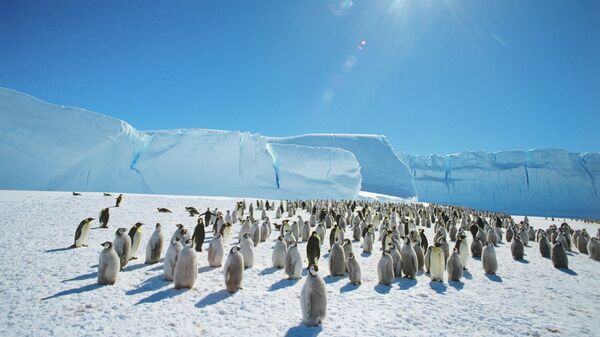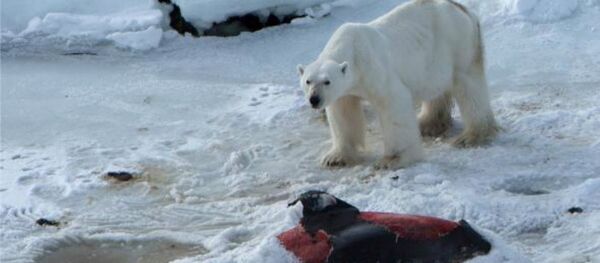This time, he, together with 16 other contributors, published a new study that forecasts an alarmingly rapid rise of the sea level which may eventually lead to severe storm systems, the Washington Post reported.
According to one of Hansen's co-authors Eric Rignot, accelerating ice loss from several parts of our planet's ice sheets, West Antarctica in particular, could now be "irreversible," and in about merely 10 years the amount of ice loss could double.
The researchers question the stability of sea levels claiming that a rise of two degrees Celsius may be enough to cause a major sea level rise in 50 — 500 years from now. Their assumption contradicts with the IPCC (the United Nations' Intergovernmental Panel on Climate Change) expectations of no more than one meter of sea level rise by 2100.
"If the ocean continues to accumulate heat and increase melting of marine-terminating ice shelves of Antarctica and Greenland, a point will be reached at which it is impossible to avoid large scale ice sheet disintegration with sea level rise of at least several meters," the new study says.
The results of such a dramatic climate shift would be intense winter storms and more catastrophic type events similar to those of the Eemian period, the paper suggests. But this scenario all depends on how soon Greenland or Antarctica will suffer major ice loss.
Several top climate researches shared their opinion on the paper, and some of them were rather skeptical.
"There are way too many assumptions and extrapolations for anything here to be taken seriously other than to promote further studies," said Kevin Trenberth, an influential climate scientist at the National Center for Atmospheric Research in Boulder, Colorado.



